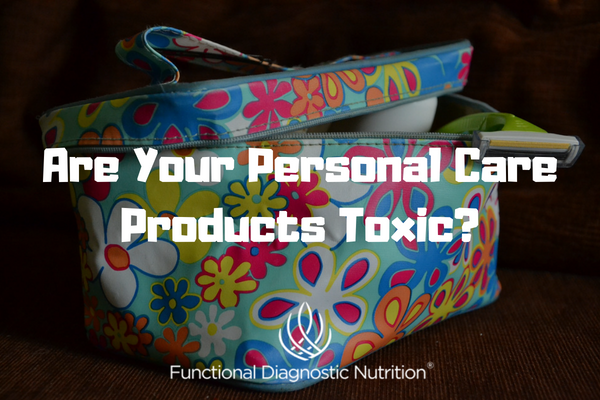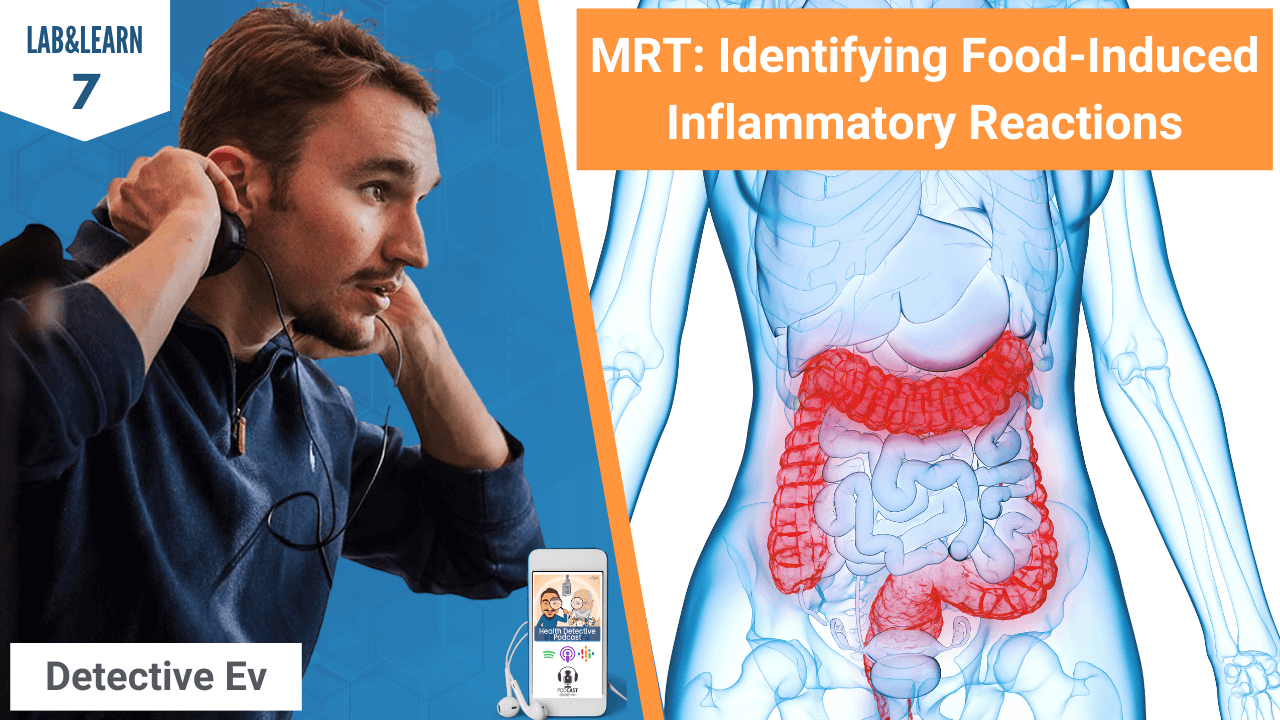When we go to the store to purchase the personal care products that we use every day, we take for granted that they are actually safe to use. The problem is that many personal care products are filled with synthetic chemicals that haven’t been tested for safety on humans. Even many products that claim to be “natural” really are not as natural as the companies that produce them would like you to believe.
When you understand that the skin can absorb up to 60% of what we put on it, that means that you are absorbing a great deal of untested chemicals into your body. This can ultimately affect your health and contribute to disease.
There are three essential categories into which most of the hazardous ingredients in personal care products fall are:
- Carcinogens – Carcinogens cause cancer and/or promote tumor growth.
- Endocrine disruptors – Endocrine disruptors mimic human hormones, confusing the body with false signals. Health concerns include:
- reproductive problems
- developmental, growth and behavior problems in children
- reduced fertility, premature puberty, miscarriage, menstrual problems
- challenged immune systems
- abnormal prostate size
- ADHD
- non-Hodgkin’s lymphoma and certain cancers.
- Neurotoxins – Neurotoxins affect brain activity causing a range of problems from headaches to loss of intellect.
Some of the most dangerous, toxic chemicals found in personal care products are also the most common ingredients in products you may be using every day.
These include:
- PARABENS – There has been more information in the media recently about parabens, which are known endocrine disruptors. 75-90% of all cosmetics contain parabens. Parabens are used as preservatives. They are estrogen mimickers that can lead to cancer. Most women diagnosed with breast cancer were found to have parabens in their system. Parabens are found in: Facial moisturizers; anti-aging creams; foundations; shampoo (including baby shampoo); shaving foams; suntan lotion; toothpaste; deodorant. They are also found in foods such as sausages, pies and pastries, and various snacks.
- FRAGRANCE – The FDA requires food, drug, and body care companies list their ingredients on their products—but chemicals used to scent products can be clumped under the vague term “fragrance.” Fragrance can be found in everything from shampoo to deodorant, and a single product’s secret fragrance mixture can contain potentially hundreds of toxic volatile organic compounds which are known to be carcinogenic.
- 3. ALUMINUM – Recent studies have linked aluminum exposure to both Alzheimer’s disease and breast cancer. Exposure to too much aluminum causes toxicity. It is highly used in deodorants and antacids.
- FORMALDEHYDE – A common hardener in nail polish and an ingredient in bath products, this chemical is a known carcinogen.
- PHTHALATES – These hormone disruptors have been linked to male genital abnormalities, liver and kidney lesions, and higher rates of childhood asthma and allergies. They’re often hidden in the fragrances of an array of products for men, women, and children, and listed as DIBUTYL PHTHALATE in nail polish.
- PETROLEUM BY-PRODUCTS – Listed as mineral oil, petrolatum, liquid paraffin, toluene, or xylene, these chemicals are found in an amazing number of products, including many shampoos and soaps. Of most concern is the fact that they are often contaminated by cancer-causing impurities like 1,4 DIOXANE, which is a probable carcinogen. The personal care industry has done very little to prevent such contamination.
- TRICLOSAN – A primary ingredient in anti-bacterial soaps and products, Triclosan has been linked to hormone disruption and the emergence of anti-bacteria, anti-biotic resistant “superbugs.”
- LEAD – Lead is a well known, potent neurotoxin, which can be found in several popular brands of lipstick as well as some men’s hair coloring kits.
- MERCURY – Mercury is a neurotoxin that can severely damage human health. In personal care products, mercury is often listed as “thimerosol” and is used in cosmetics like mascara.
- FLUORIDE – Originally used as a rat poison and insecticide, fluoride is a neurotoxin. It is known to increases the brain’s concentration of aluminum, which has been linked to Alzheimer’s disease. Fluoride is a suspected carcinogen, and excessive fluoride has been shown to damage the musculoskeletal and nervous systems, leading to limited joint mobility, ligament calcification, muscular degeneration and neurological deficits.
What products can you use?
This is where being an informed consumer is very important. Read labels and know what is contained in the products you are using on yourself and your family. Do not just assume that a product is safe, even if it is advertised as a “natural” product.
If you wish to begin making simple, effective and inexpensive personal care products at home, there are thousands of sites online that have recipes for personal care products. A simple Google search can lead you to the information you need to make most personal care products yourself.
You can easily check the safety of the products you are currently using at www.ewg.org/skindeep/. They have a large database of personal care products and have rated each product. It is also a great resource for finding store bought products that are safe to use.







